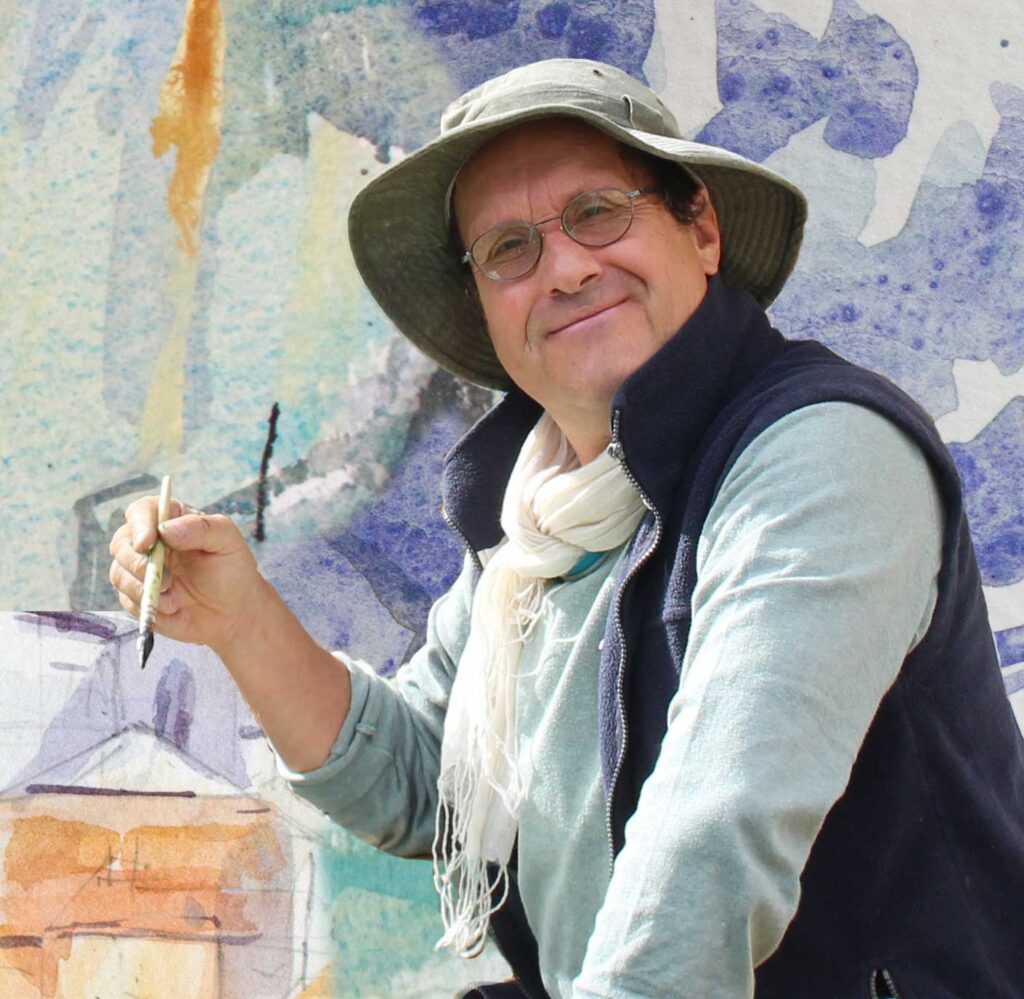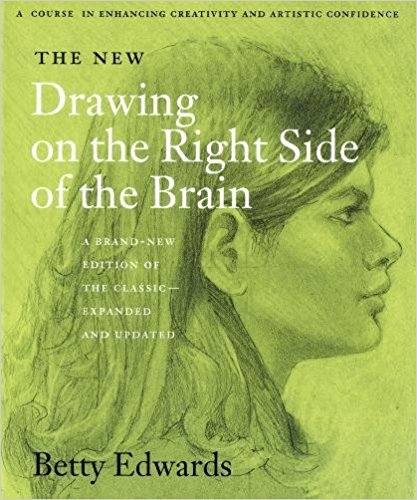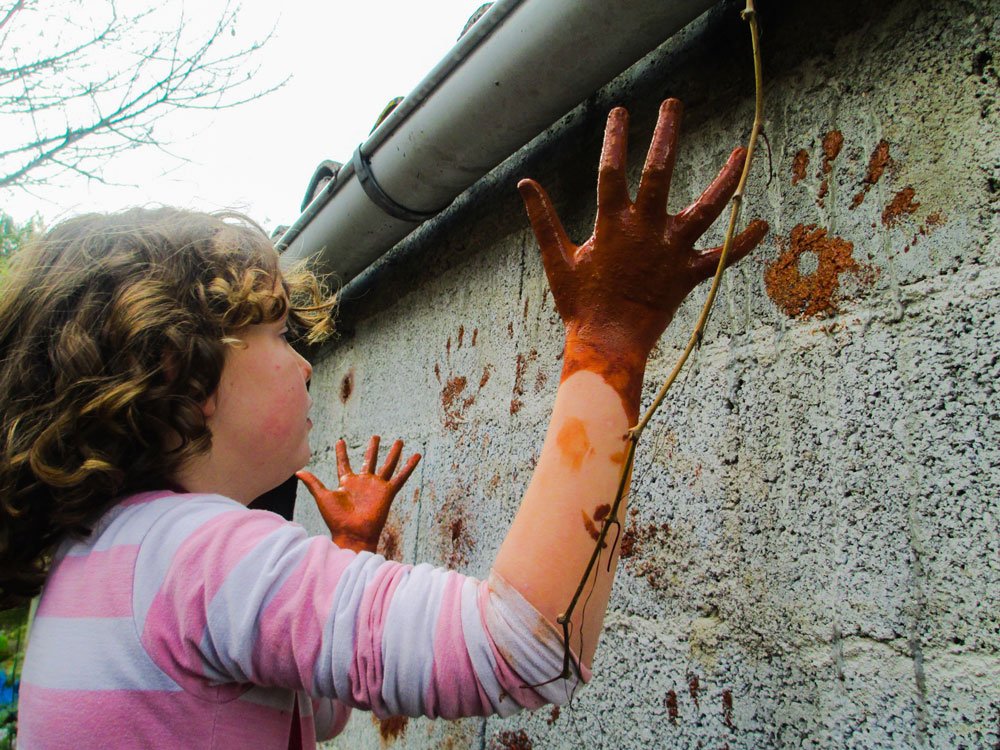
A Message to All Students of Painting
It’s easy to say, “I’ll follow your advice,” but applying it can be hard. It takes practice. Learning to paint is like learning a recipe; you’ve gotta cook it at least ten times before you start to know it!
The best way to improve is by doing. Practice one new idea at a time until it feels natural. Beginners can be overwhelmed by too many new techniques, but focusing on one goal per painting helps you stay calm and focused.
In painting, each brushstroke builds on the last. This process means your painting takes on a life of its own. Keep things simple, be present with the canvas, and stay open to surprises. It’s the same with integrating new techniques & new concepts into your painting. Try them out one at a time. Then repeat many times till you feel at ease with them.
As art educators, it’s our job to make instructions clear and focused. Too many directions can give students a false sense of progress. Remember, learning comes from doing, not just reading.
Painting is easier when you’re enjoying it – the brushes dance and the colors come alive 🙂
Happy painting!
Adam
Hey, look! The dog ate my homework…
No need to do any homework if you don’t want to—you can always do it after the course.
At the very least, check the materials list, gather it all togther, pack it and bring it to the course.
For those who want to dive in early, here’s what I recommend:

For All Students :
1. Materails List
Please familiarise yourself with the materials list & start to play with them.
2. The Split-Primaries
For Absolute Beginners:
For Beginners:
Drawing Basics

Start with Betty Edwards’ Drawing on the Right Side of the Brain. It’s a classic book for learning how to draw. Do the exercises—these aren’t new, but they’re valuable for all artists. You don’t need to fully follow her theories; just try the exercises to get a solid start.
Betty’s book online PDF : https://www.slideshare.net/slideshow/the-new-drawing-on-the-right-side-of-the-brain-7659564/7659564#12

“The urge to draw must be quiet deep within us because children love it.”
– David Hockney
For Intermediates:
1. Improve your colour
Nita Leland’s Exploring Color Workshop is a great book for learning color mixing, especially for watercolors and oils. It introduces many different palettes which will help you understand color relationships and mixing.

2. The Split-Primaries
For Advanced
1. Sketching Practice
Explore “Carnet de Voyage” style sketching.
2. Showcase Your Work
Bring six JPEGs of your best paintings to share during the course. Choosing six best examples is an act of clarification & self-criticism.

